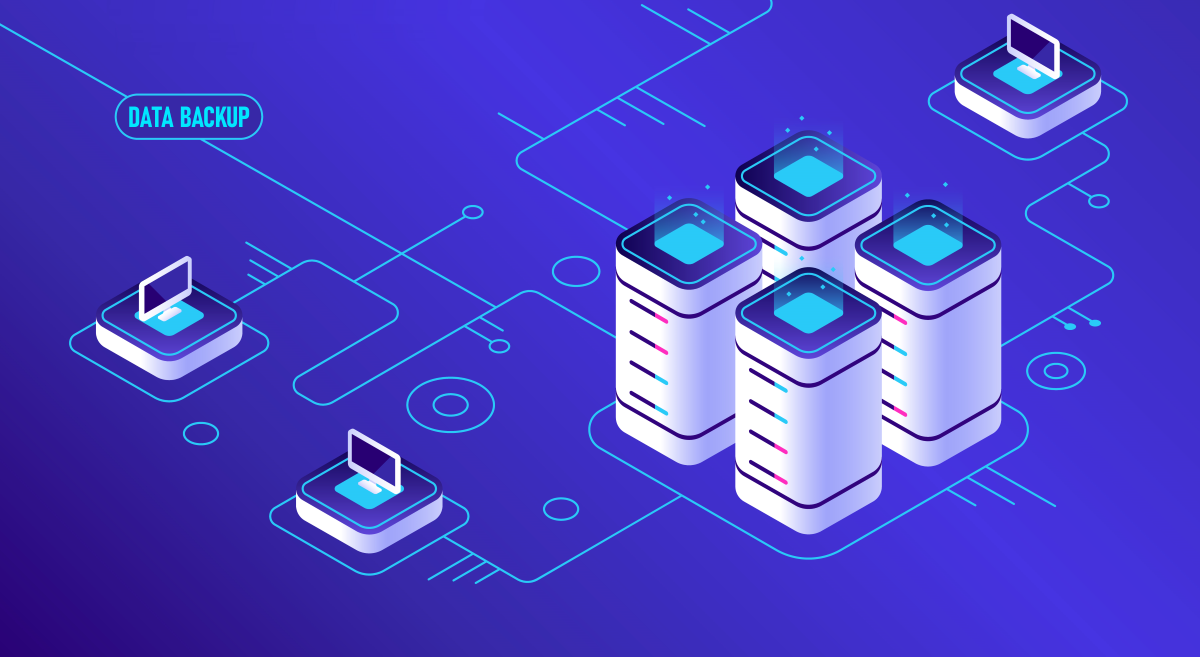The software discovery phase, also known as scoping, is a document that comprises info needed for the software development, features, and measurable deliverables, among others things. It allows you to complete your projects at a quicker pace as well as within your defined budget limits. It also lets you remove the chances of possible risks and helps you focus on effective growth.
The software discovery phase is the procedure of collecting and assessing details about the software project, targeted market, and audience. Thus, the software discovery phase gives a comprehensive grip of the goals, scope, and limitations. In addition, the demands and needs of end-users are better understood.
5 Main Phases
Typically, it is divided into the following five main phases:
- Initiation
- Planning
- Execution
- Control
- Closure
Main Elements
There are four main elements in the discovery phase of project, which are as follows:
- User research
- Metrics for goal achievement
- Outlining the value proposition
- Understanding the bigger picture
1 – User Research
The exploration phase’s primary objective is to learn about the users. In general, senior management can speak fluently about their company’s objectives, products, and the overall market. When it comes to the users, however, they are frequently misinformed since they don’t get to have interaction with them on a consistent basis. It is critical for businesses to conduct surveys and research to ascertain targeted users’ expectations, needs, and purchasing trends in order to gain a better understanding of the product.
2 – Metrics for goal achievement
While the two are inextricably linked, one could make the argument that defining the goals of a software project and what constitutes success is more critical than determining the user’s requirements. Without defined goals and definitions of success, the software project will be aimless and prone to scope creep. With no defined objectives, stakeholders can’t assess the initiative’s success. The ultimate criterion for the success or failure of a project is whether it generates a profit or not. Nevertheless, the nature of that return may vary, which is why it is critical to specify it in advance. For instance, a stakeholder is looking for a monetary return in the form of increased sales, while another is focused on improving the customer experience or engagement. In this case, it may cause friction within a project.
3 – Outlining the value proposition
Many people appear to overlook the value proposition of service during the exploration process. Stakeholders are so focused on goals, and experts of user experience focus on users’ demands that no one questions the value of the service to the consumers if it will meet their actual needs. The focus of your value proposition can change as per the nature of a digital service. Assume you are in the research phase of a project, and you are considering a mobile application for a service website. In this situation, the value proposition will be the service itself.
4 – Understanding the bigger picture
The larger context of a software project will also vary as per the nature of the service. However, in the majority of cases, it includes internal considerations and the competitive environment.
Business Analysis
It combines two critical components in order to obtain a high-level overview of the problem you are attempting to solve. By employing strategic management tools, you can define the business model vision, including the value proposition, end-users, revenue, expense drivers, needed resources, major stakeholders, and customer relationships. Additionally, it should address the most critical features that will solve the customer’s issues.
Checklist for Software Discovery Phase
The checklist should be composed of the following components:
Client or Company
This section contains the project’s primary objectives, research, marketing materials, and the rationale for any changes.
Market
Conduct detailed research concentrating on internal and external factors, utilizing both online and offline resources.
Marketing
Short-term and long-term goals, branding, and specific strategies are all included in marketing.
Technical Requirements
Specifications and the latest technology package are all critical elements of technical requirements.
Some other points include current alternatives, competitive analysis, target base, and supplementary data.
The software discovery phase provides critical benefits in terms of quantifiable results, high-quality analysis, and a systematic approach and communication in general. It serves as a risk management tool prior to the complete commitment from all stakeholders. Also, overcoming doubts and trying to cut expenses in advance are critical components of avoiding future risks during the software development project. To make sure you can complete your project right on time and without any delays and glitches, get in contact with a software development firm that can work with the discovery phase strategies.
